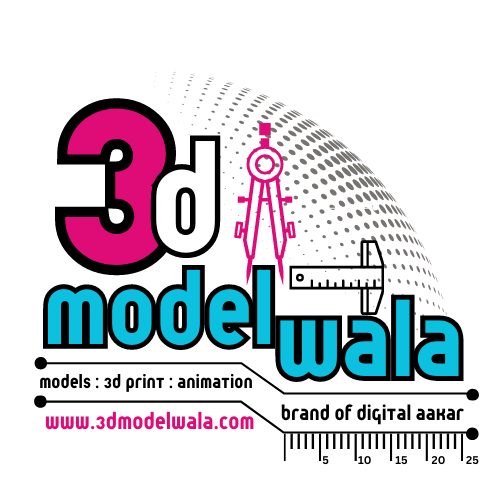Enhancing Visualization and Communication
In the world of architecture, the ability to visualize and communicate design ideas is crucial. Traditionally, architects and designers relied on 2D drawings and blueprints to convey their vision to clients. However, these flat representations often failed to capture the true essence of the project. This is where 3D architecture models come into play.
With 3D models, architects can bring their designs to life. These models allow clients to see the project from multiple angles and explore the space as if they were walking through it. The level of detail and realism that 3D models offer is simply unmatched by 2D drawings.
A Powerful Tool for Design Decision Making
Not only do 3D architecture models enhance visualization, but they also serve as a powerful tool for design decision making. With a 3D model, architects can easily make changes and experiment with different design elements. They can test out various materials, colors, and textures to find the perfect combination.
Additionally, 3D models enable architects and clients to collaborate more effectively. Both parties can clearly understand the design intent and provide valuable input. This level of collaboration leads to better design decisions and ultimately, a more successful project.
Advancements in Technology
Thanks to advancements in technology, creating 3D architecture models has become more accessible and cost-effective. With the help of powerful software tools, architects can quickly turn their 2D drawings into stunning 3D models. These models can then be easily shared and visualized on various platforms, including virtual reality (VR) headsets.
Virtual reality technology takes the immersive experience to a whole new level. Clients can put on a VR headset and step into the virtual representation of their future space. They can walk around, interact with objects, and get a true sense of the scale and proportions. This level of immersion not only enhances the client’s understanding but also fosters excitement and engagement.
